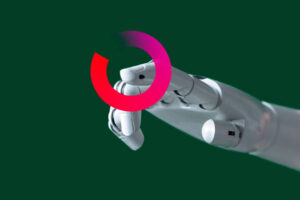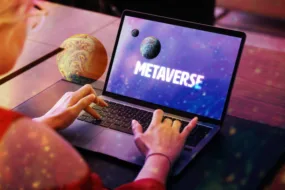AI bias:

Artificial intelligence (AI) is transforming our lives at an unprecedented pace, influencing everything from how we receive news to how we access healthcare. However, alongside its undeniable benefits, a crucial question remains: can AI be fair?
This question sparks a heated debate within the field of AI and beyond. Concerns about bias in AI algorithms are rising, prompting discussions about the potential consequences and the urgent need for ethical development and deployment of this powerful technology.
The debate surrounding bias in AI is complex and multifaceted. This blog post aims to shed light on this critical issue, exploring its sources, implications, and potential solutions for building a future where AI serves everyone equitably.
Bias in Artificial Intelligence: Where Does It Come From?
AI systems are not inherently biassed. They are products of the data they are trained on, and unfortunately, the real world is not always fair.
Here are some potential sources of bias in AI:
1. Biassed data: If the data used to train an AI system contains inherent biases, the system will likely perpetuate those biases in its outputs. For example, an AI system trained on loan applications from a historical period with discriminatory practices might replicate those biases when evaluating future applications.
2. Algorithmic bias: Even with unbiased data, the algorithms themselves might introduce bias. This can occur due to factors like how data is weighted or how decisions are made within the algorithm.
3. Human bias: Humans involved in the design, development, and deployment of AI systems can also unintentionally introduce bias through their perspectives and unconscious assumptions.
Read More: How Generative AI Will Unleash the Next Economic Boom
The Impact of AI Bias: Real-World Consequences

Bias in AI can have significant real-world consequences, impacting individuals and society as a whole. Here are some examples:
1. Unequal access to opportunities: biassed AI systems used in areas like loan approvals, hiring processes, or criminal justice can disadvantage certain groups and perpetuate existing inequalities.
2. Algorithmic discrimination: AI used in facial recognition technology or social media algorithms can exhibit bias, potentially leading to discrimination based on factors like race, gender, or age.
3. Unfair treatment: biassed AI systems used in healthcare or education can exacerbate existing disparities in access to services and resources.
These are just a few examples, and the potential consequences of bias in AI extend across various aspects of our lives.
Read More: Artificial Intelligence: Should It Be Regulated?
Towards a Fairer Future: Solutions and Mitigating AI Bias

The question of whether AI can be fair does not have a simple answer. While challenges remain, the growing awareness and ongoing efforts to address bias offer a promising path forward. By acknowledging the potential pitfalls, actively working to mitigate them, and prioritising ethical considerations, we can work towards a future where AI serves as a force for good, benefiting everyone equally.
Here’s what you can do:
1. Stay informed: Educate yourself about AI and the issues surrounding bias.
2. Demand transparency: ask questions about the AI systems you interact with and hold developers accountable for ethical considerations.
3. Support responsible AI development: Look for organisations and initiatives promoting ethical and unbiased AI development.
Read More: Exploring the Hilarious World of AI Comedy
Addressing the Challenge of Bias in AI

It’s crucial to address the challenge of bias in AI to ensure its responsible and ethical development. Here are some potential solutions:
1. Using diverse and unbiased data: Collecting and utilising high-quality data sets that are representative of the population is essential to training fairer AI systems.
2. Developing fairer algorithms: Researchers are looking for ways to design algorithms that are less susceptible to bias and can identify and mitigate potential biases within the system.
3. Human oversight and accountability: Establishing human oversight and accountability mechanisms for AI development and deployment is crucial to ensuring fairness and preventing unintended consequences.
4. Transparency and explainability: Making AI systems more transparent and explainable can help identify and address potential biases and increase public trust in AI technology.
By combining these approaches, we can work towards building fairer AI systems that benefit everyone and contribute to a more just and equitable society.
Read More: How AI and Quantum Computing Can Improve Logistics
Conclusion:
The question of whether AI can be fair is not a simple yes-or-no answer. AI has the potential to be a powerful tool for good, but it needs to be developed and used responsibly to avoid perpetuating biases and inequalities.
By actively addressing the challenges of bias through continuous research, responsible development practices, and open dialogue, we can work towards a future where AI empowers everyone and contributes to a more just and equitable world.










